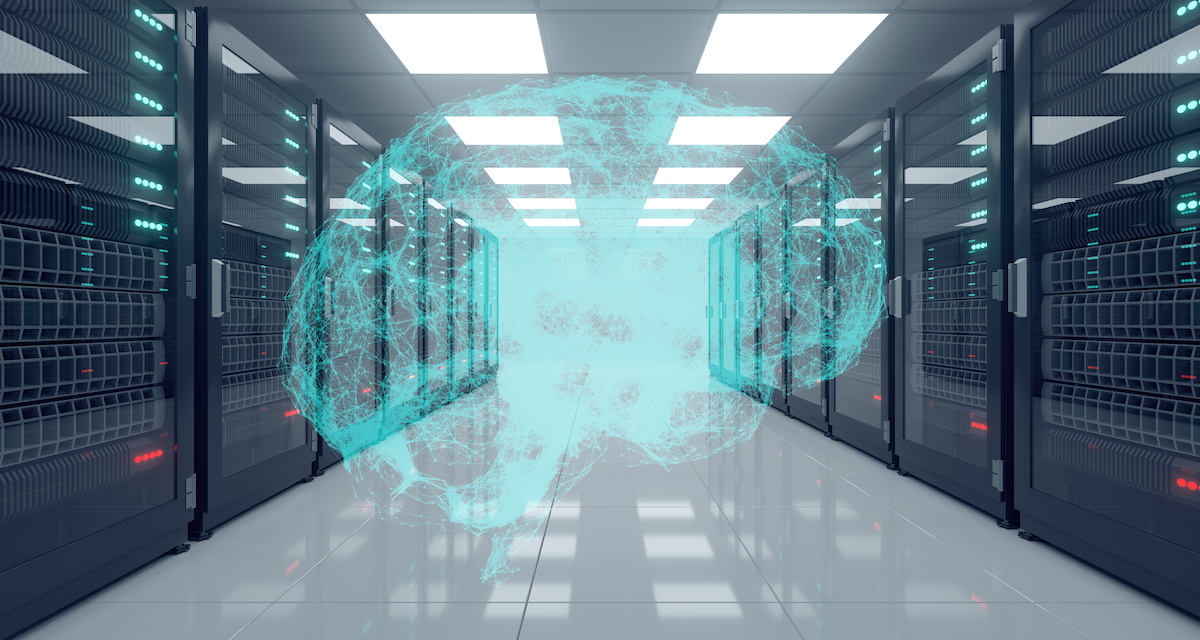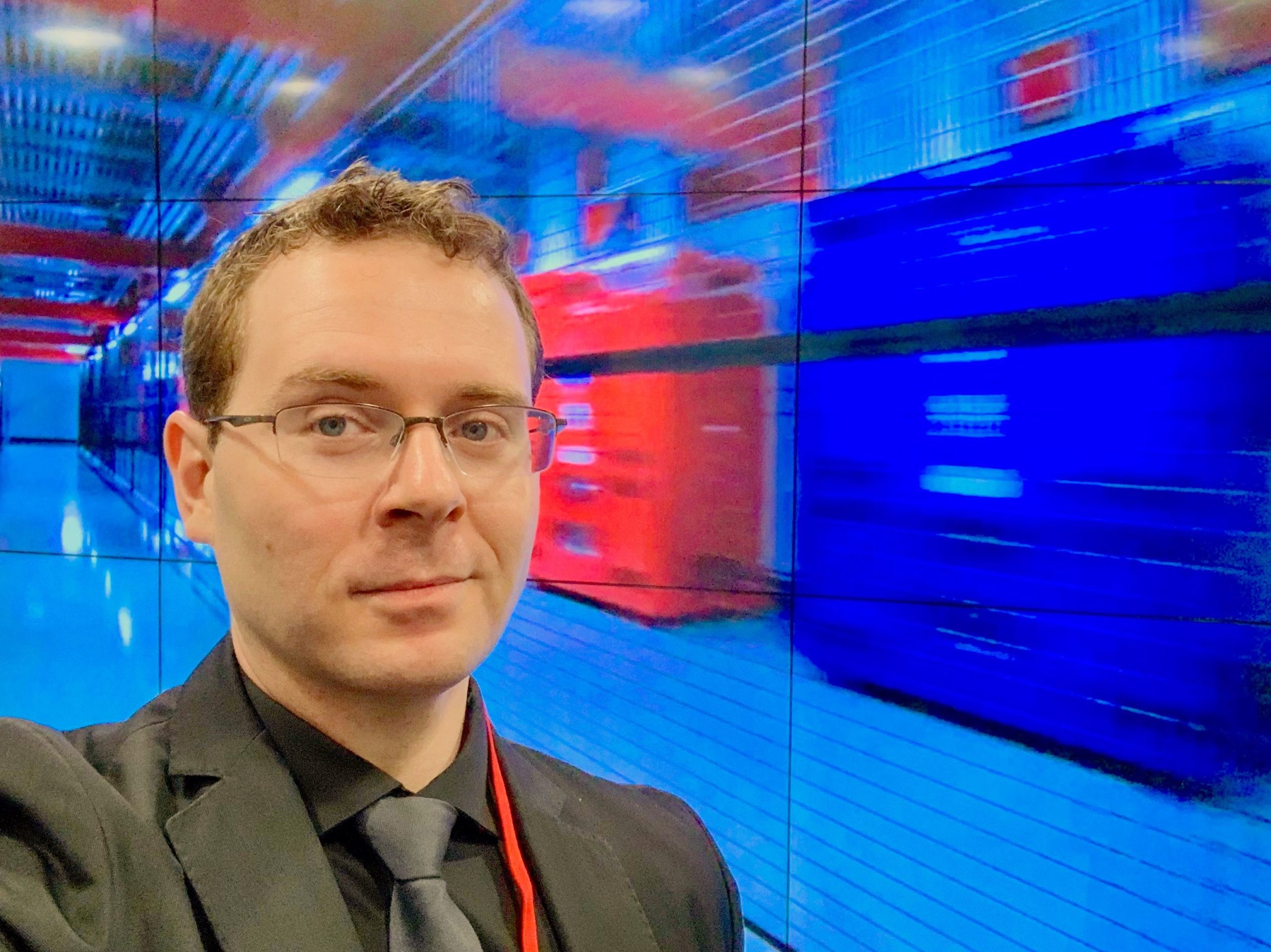The Smart Data Center Will Become the New Normal15 min read

I’m really excited to dive further into this conversation. In fact, it’s one area that I’ll specifically be focusing on during the upcoming AFCOM State of the Data Center Survey. And, in case you’re curious, I’ll be presenting those findings as the keynote at AFCOM Data Center World 2020. (Hope to see you there!)
Over the course of these past few months, I’ve been involved in several conversations where ‘smart’ data centers have been a hot topic of conversation. What’s possible? What’s actually feasible? Most of all, what’s actually practical?
Towards the end of my 2018 AFCOM Leaders Lab, we asked our 20+ participants what they thought the future of data center management looked like. Unprompted to what responses should be, here’s what they came back with:
- The ability to delivery proactive operations, management, and data center control
- Multiple IT and infrastructure subsystems integrated
- Integrated data modeling used for prediction, service management, multiple views, and optimizing in real-time
- Self-optimizing, autonomic data center management
- Cognitive system in DCIM
- Image processing for data centers
- Augmented reality DCIM capabilities
- Voice-powered and/or voice-controlled data center management with direct DCIM integration
I asked the group to go into further detail around this DCIM-integrated, voice-powered assistant, and each group stated that they absolutely see this in the near future. They mentioned that they’re already seeing smarter systems which help you predict usage, balance resources, and much more. They’re already seeing smarter rack systems which give you granular details around the data center including things like component elevation, vibration metrics, biometric access data, and so much more. Using voice-powered controls, to the group, almost seemed like the logical next step.
A Look at a Smarter Future
IDC predicts that by 2021, critical infrastructure in half of enterprise data centers will be operating autonomously while the use of autonomous IT in intelligent edge locations will be even greater, as organizations seek to link core and edge resources to support digital transformation initiatives.
Here’s another interesting note. From the last AFCOM State of the Data Center Report, we found that the majority of respondents report seeing IoT and Smart Sensors play a role in the data center, including 24% who currently deploy them, and an additional 19% who are investigating deployment.
Innovation, intelligence, and new designs
I’m really lucky to get the chance to work at Switch. I don’t talk about it often in blogs, but what we’ve created in terms of data center design is truly inspiring. If anything, it’s given me a window into some truly conceptual data center designs.
In the future, practically all components within a data center will become networked in some fashion. And when I say everything, I mean it. Effluent water systems, airflow management, rack vibration, power load-balancing… everything. It’s these types of connected data centers that’ll be able to do some truly extraordinary things. Centrally integrated DCIM systems will be able to manage and operate vastly diverse distributed compute environments. Plus, improved standardization will allow DCIM systems to ‘ingest’ new devices and data points should a company acquire a new data center. From that, so much is possible. The combination of machine learning and AI-driven solutions can help administrators make decisions with extraordinary difference. And, it’s this level of insight and deep-learned decision making that brings down PUE, data center costs, and massively improves operational efficiency.
What if you could control airflow volume on a per rack basis? What if you could automatically and momentarily cool down areas in a hot aisle when someone was working, instead of having a supply tile constantly there, wasting airflow and cooling capacity? What if you could dynamically load-balance power on a per-rack and data center scale? Here’s a fun example I’ve been following. There’s a company called Virtual Power Systems (VPS) that’s taking a dive into the world of ‘virtualization.’ But not how you’d expect. VPS has something they call a ‘software-defined power’ platform. Basically, the solution identifies, aggregates and pools all sources of stranded power in the data center, and makes it available to any rack, node, workload or circuit on demand in real time, automatically, using machine learning and predictive algorithms. From VPS’s perspective, they’re the last mile in a true software-defined data center (SDDC).
Between self-optimizing, autonomic data center management, software-defined power, and using AI to keep your engineers cool in a hot aisle, the possibilities of a smart data center are seemingly endless. However, for a lot of this to happen, we’d need a lot of standardization; and a lot of hope. Even today, the DCIM landscape is scattered with different solutions offering various kinds of features and toolsets. Today, we’re starting to see smarter systems impact the way we’re managing our data centers. But we’re really only scratching the surface.
These next 5-10 years will be telling in terms of how next-gen data center architects design and build ‘smart’ data center and hyperscale solutions. It’ll be interesting to see how the conversation evolves into what’s both fun to deploy vs what’s actually practical for the data center. Meanwhile, I’m going to go see if I can put an Alexa in a data center…
Airflow Management Awareness Month 2019
Did you miss this year’s live webinars? Watch them on-demand now!

Bill Kleyman
Industry Analyst | Board Advisory Member | Writer/Blogger/Speaker | Contributing Editor | Executive | Millennial
Bill Kleyman is an award-winning data center, cloud, and digital infrastructure leader. He was ranked globally by an Onalytica Study as one of the leading executives in cloud computing and data security. He has spent more than 15 years specializing in the cybersecurity, virtualization, cloud, and data center industry. As an award-winning technologist, his most recent efforts with the Infrastructure Masons were recognized when he received the 2020 IM100 Award and the 2021 iMasons Education Champion Award for his work with numerous HBCUs and for helping diversify the digital infrastructure talent pool.
As an industry analyst, speaker, and author, Bill helps the digital infrastructure teams develop new ways to impact data center design, cloud architecture, security models (both physical and software), and how to work with new and emerging technologies.
Airflow Management Awareness Month 2019
Did you miss this year’s live webinars? Watch them on-demand now!
0 Comments